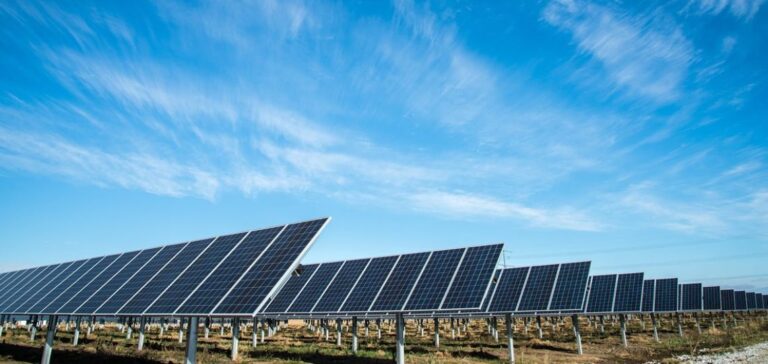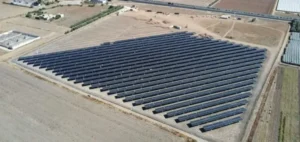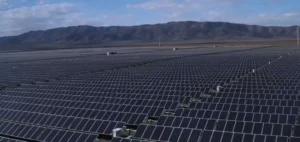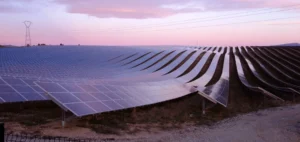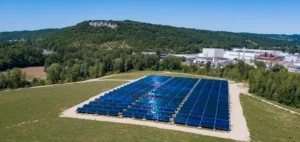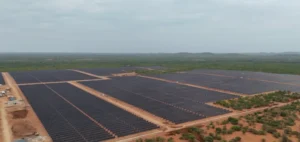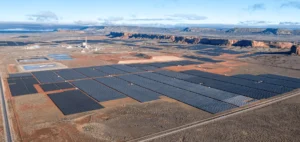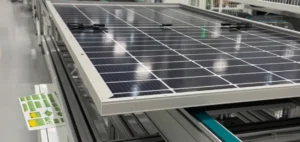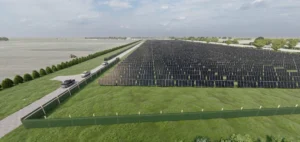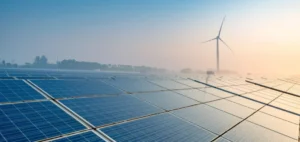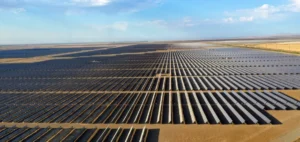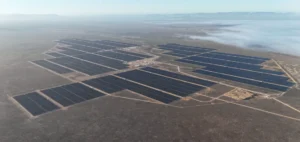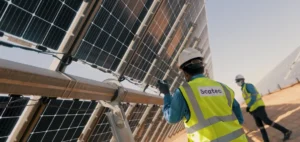Pivot Energy, a U.S.-based independent power producer, has secured a $200mn tax credit purchase commitment to support the construction of a 40-project community solar portfolio totalling 144 MWdc. The transaction strengthens the company’s ability to deliver one of the largest community solar portfolios in the country, spanning eight states: Colorado, Delaware, Hawaii, Illinois, Maryland, Minnesota, New York and Virginia.
Structured support through an investor coalition
The transaction was facilitated by the Climate and Communities Investment Coalition (CCIC), an initiative led by asset manager Acadia. The coalition aims to direct corporate capital into energy projects that yield measurable local outcomes. The resulting community benefit funds from the tax credits will be administered locally by the Sustain Our Future Foundation (SOFF).
Pivot Energy’s projects are expected to deliver lower-cost electricity to thousands of residential and commercial subscribers across the covered regions. The tax credit proceeds will also support infrastructure development, workforce training, educational initiatives and bill savings for low-income households.
Portfolio development backed by diversified financing
Prior to this commitment, Pivot Energy had already secured more than $450mn in financing commitments from HASI, First Citizens Bank and ATLAS SP Partners, reinforcing the financial foundation for the portfolio. The company expects the first installations to become operational in Q3 2025.
Tom Hunt, Chief Executive Officer of Pivot Energy, stated: “This agreement proves that the energy transition can be both scalable and locally rooted.” Tim Short, Managing Partner at Acadia, added that the transaction “helps direct corporate capital toward projects with local impact.”
Expected local economic impact
According to project stakeholders, the installations are also expected to generate tax revenue for local authorities and support job creation in the target areas. Yinka Bode-George, Chief Executive Officer of SOFF, confirmed the foundation would “support the implementation of funds to benefit workforce development, education and community-serving organisations.”
The development of Pivot Energy’s community solar portfolio comes amid growing institutional investor interest in projects that combine financial returns with structured local economic outcomes.


